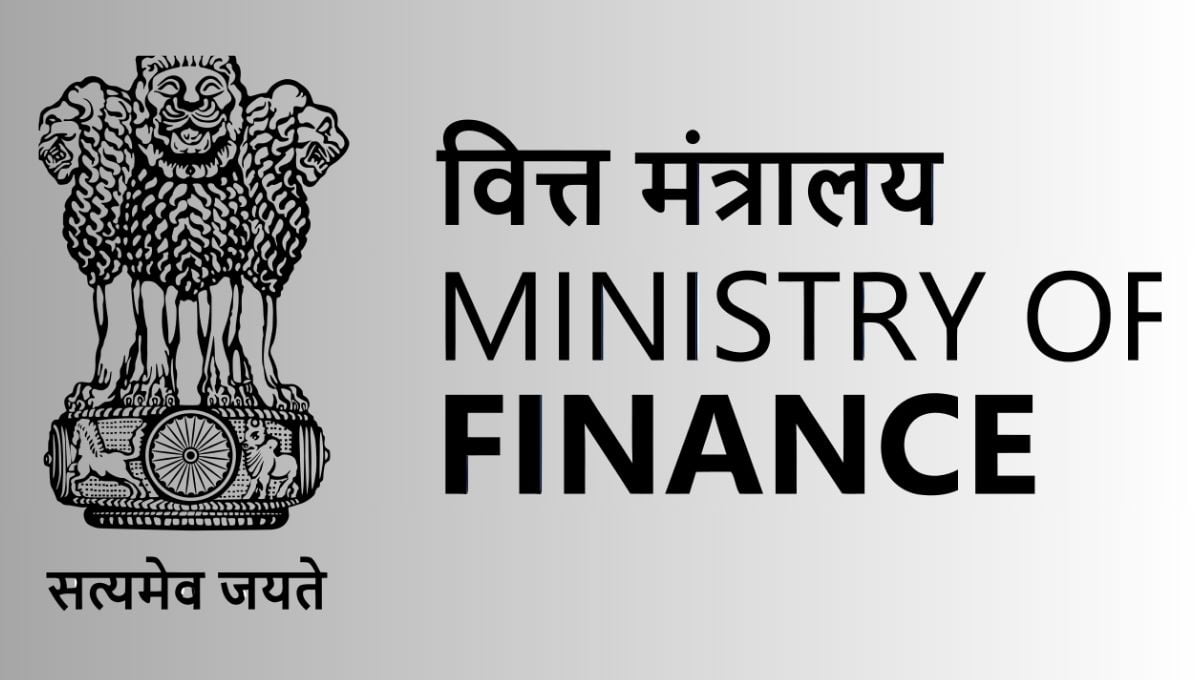The Finance Ministry has ordered a crackdown on stalled insolvency cases under the Insolvency and Bankruptcy Code (IBC), directing public sector banks to closely monitor and ensure time-bound resolution of the top 20 cases.
This strict directive comes amidst mounting bad loans in the banking sector and the urgent need to clean up balance sheets.
Banks Ordered to Submit Monthly Progress Reports on Top 20 Cases
In a high-level meeting with top bankers, Financial Services Secretary Vivek Joshi directed banks to review the progress of the top 20 IBC cases on a monthly basis and submit detailed progress reports.
This regular monitoring has been enforced to ensure that the big-ticket insolvencies move smoothly through the resolution process without unnecessary delays.
The finance secretary also asked the banks to keep a close watch on long-pending cases and take proactive measures to admit and resolve them under the IBC framework. Stalled insolvency resolutions not only block significant capital for lenders but also lead to the deterioration of assets.
Resolving Top NPA Cases Critical for Reviving Credit Growth
Public sector banks have been majorly saddled with bad loans over the last few years, which has dampened credit growth in the economy. The timely resolution of top non-performing asset (NPA) accounts under the NCLT process is seen as critical for freeing up capital and kickstarting lending activity.
The centralized monitoring of top cases also aims to plug loopholes and bottlenecks in the IBC process that cause inordinate delays. The finance ministry wants to reinforce strict timelines around corporate insolvencies as envisaged under the code.
Review of NARCL’s Progress; More Banks to Transfer Bad Loans
Besides the high-value insolvencies, the assessment meeting also reviewed the progress of the National Asset Reconstruction Company Ltd (NARCL) and the pace of bad loan transfers by banks to this entity.
NARCL has been incorporated by the government and top lenders to aggregate and manage stressed assets above Rs 500 crore. By clearing this chunky pool of NPAs off their balance sheets, banks can focus on strengthening lending operations and supporting the COVID-hit economy.
So far, only a few public sector banks have transferred some accounts to NARCL. However, the plan is to substantially scale this up by March 2023 after the issuance of government-guaranteed security receipts. More clarity is also needed around the resolution framework via NARCL and how effectively it can resolve underlying assets.
The finance minister herself will hold separate stock-taking meetings with bank heads regarding the NPA situation, credit expansion, digitization efforts, and overall functioning. The ministry aims to ramp up credit flows to productive sectors through a maneuver combining the IBC’s resolution avenues as well as NARCL.
IBC Continues to be Key Weapon Against Bad Loans
Ever since its enactment in 2016, the IBC has emerged as a powerful tool for banks to deal with defaulting corporate borrowers and recover value locked up in NPAs. As per recent RBI data, the banking sector has managed to recover Rs 7.9 lakh crore through channels like IBC over the last 7 years.
However, long-winding legal battles have hindered many high-value insolvencies, requiring strong oversight. The finance ministry’s strict monitoring initiative is expected to spur banks to proactively resolve accounts and revive industries through credible resolution plans.
Going forward, the centralized tracking mechanism for large insolvencies ordered by the finance secretary would go a long way in unclogging the NPA pipeline. Fast-tracking big haircuts and asset turnarounds under the IBC along with NARCL would also help pump capital back into the economy.
